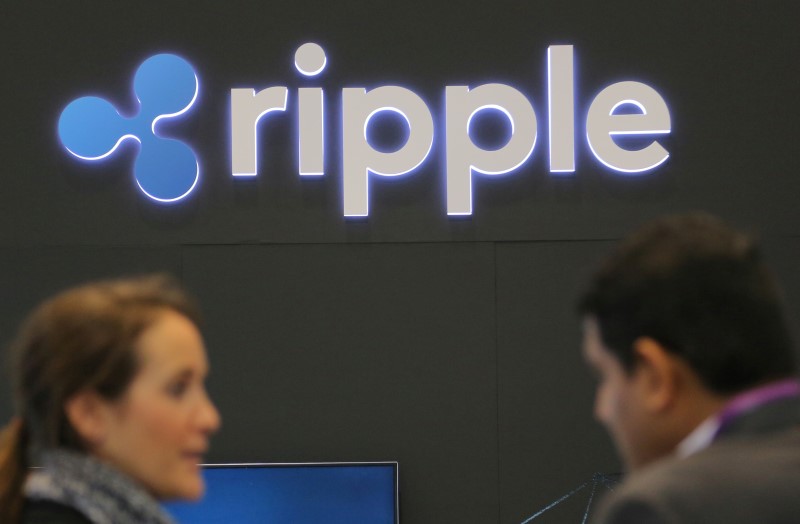JHVEPhoto
Bausch Health Companies Inc. (NYSE:BHC) and Bausch + Lomb Corporation (BLCO) have performed very well since Bausch + Lomb announced Brent Saunders would take over as CEO on March 6. 89% of Bausch + Lomb shares are held by Bausch Health. The market likely thinks this signals an imminent spinoff of the remaining stake.
In prior quarters, I’ve always found Bausch Health management quite guarded around the timing and specifics of this potential spinoff. However, both management teams suddenly seemed to discuss the issue more openly on their respective earnings calls.
The recent earnings calls, combined with the appointment of Brent Saunders, have greatly increased the odds of a transaction separating BHC from BLCO. An event, that, once it takes place, should unlock considerable value for shareholders on both sides.
Here are few key quotes from the call (emphasis by me):
We continue to evaluate potential options to maximize stakeholder value. The significant reduction in debt since the B + L IPO has enabled us to achieve the financial matrix required under our debt documents to un-restrict Bausch + Lomb, which we did in the fourth quarter.
Furthermore, as it relates to Bausch + Lomb separation, our effective efforts to implement transactions to further strengthen our balance sheet have resulted in us achieving our own 6.5x to 6.7x net leverage targets, excluding the $1 billion of non-recourse debt held by the unrestricted subsidiary, which is collateralized by a portion of B&L shares.
It is not possible to exactly reconstruct the leverage metric mentioned above because management has never said what goes into it exactly. The internal metrics do seem to be a more easy to hit compared to standard metrics used by outsiders (emphasis added).
We continue to believe the separation of Bausch + Lomb, makes strategic sense. We remain committed to creating two strong companies and, therefore, to ensuring the financial stability of both companies on a standalone basis.
In addition, as previously discussed, there remain a number of steps that need to be completed to achieve full separation, including the receipt of shareholder and other necessary approvals. So we continually to thoughtfully evaluate all relevant factors related to the B + L separation. In the meantime, we remain focused on commercial performance and improving our operating results reinforcing a solid foundation for the future.
Basically, what’s good for the spinoff case is decent performance at both BHC and BLCO so the transaction doesn’t hurt BHC bondholders too much or put it at real risk of insolvency. In my opinion, the current inflationary regime is a little bit of a tailwind.
The company tentatively resolved an issue with the IRS which is a positive. The impact is included in the full-year guidance and it doesn’t seem to bad.
Xifaxan is one of the most important assets if BHC spins off the BLCO shares. Unfortunately, there has been some uncertainty around this asset, as it is not entirely clear whether generics can enter the market. November 22′ the FDA issued updated guidance that makes it harder for this to happen.
My understanding (which could be wrong) is that a U.S. generic is likely delayed until 2029. It was discussed again on the call (emphasis added):
Let me make a few comments with respect to the XIFAXAN litigation. As we have previously disclosed on August 10th, 2022, the court issued a decision in our dispute with Norwich finding certain XIFAXAN -550 hepatic encephalopathy HE patents valid and infringed and certain XIFAXAN composition and IBS-D patent invalid. As we have stated, we disagree with certain portions of the court’s decision and have filed an appeal.
However, I would like to point out that the court’s current decision prevents Norwich ANDA and from receiving final FDA approval until October of 2029. Since the court’s decision was issued, Norwich has advised the court that has sought to remove the HE indication from its ANDA and has filed a motion to modify the final judgment to permit the FDA to approve the ANDA before 2029. We have opposed this motion and await a decision from the court.
Separately, the FDA issued an update to the XIFAXAN product-specific guidance to remove the opportunity for generics to receive biowaivers and now requires In Vivo bioequivalent studies for Rifaximin-550 generics.
On January 31, the US Patent and Trademark Office issued an additional US patent that protects XIFAXAN-550 product for the treatment of IBS-D and expires in February 2029. The patent is now Orange Book listed for the XIFAXAN-550 product and further supports our XIFAXAN patent portfolio. We remain confident in the strength of the XIFAXAN patents.
I don’t think the Xifaxan litigation is going to stop the company from doing a value-creating transaction like a spin-out, but it gets a lot more comfortable if the issue was cleared up.
The leverage at BHC is a key issue that prevents the spinoff. The company has been quite good at taking out debt. Actually taking out debt at a discount to face value in the open market (emphasis mine):
Now let’s turn to our balance sheet on Slide 22. As Tom mentioned, we continue to make significant strides in deleveraging our balance sheet this quarter. We completed an open market repurchase program of our debt, which retired $446 million of our debt at a significant discount using $250 million of cash. When compared – when combined with our Q2 open market repurchase program, we retired in aggregate $927 million of debt using $550 million of cash.
Our full year debt reduction was approximately $3.8 billion of principal balances on a consolidated basis for the full year and $3.2 billion since the B + L IPO. Furthermore, on a consolidated basis, our debt maturing prior to 2027 has been reduced by $7.5 billion compared to the start of 2022.
Given high inflation and BHC actually owning a few growth assets in Salix and Solta it is quite attractive to be able to extend maturities. This gives the company more time to grow operating cash flows. It is not always the best solution in the short term, as it can increase interest paid but over a few years (and given current conditions) it could work out very nicely.
The CEO made one little comment on the call (actually related to costs instead of the spinoff) which really makes me think a separation is likely in 2023(perhaps early 2023):
Second, dis-synergies. As a result of the separation process, we estimate that a full year of stand-up costs in 2023 has a $30 million incremental impact compared to 2022. We’re working hard to remain disciplined with G&A increases.
They’re apparently counting on significant expenses here to pay an investment bank or lawyers to make it happen this year.
The company now has $16.6 billion of debt which is 85% fixed rate (meaning it really benefits the company, at least in the short term, if rates rise). For 2023, management expects revenue between $4.45 and $4.6 billion. It sees growth between 2%-5% (not a very lofty target given where inflation is). They see this translating into EBITDA of $2.3 billion – $2.4 billion.
If I take the company’s debt and calculate the most negative EBITDA multiple I get to 7.2x Debt to EBITDA. This leads me to believe internal metrics to make the spin-off happen are a bit more favorable than the standard approach. It is possible about a billion of debt at an unrestricted subsidiary doesn’t count or some form of adjusted EBITDA is allowed which gets the company within the 6.5 – 6.7x net leverage target it wants to hit.
Given the recent appointment of Brent Saunders at BLCO (who likely wants to start running the company in his own way), who’s a value-creating executive, the company hitting its internal leverage targets and a tentative settlement with the IRS, I wouldn’t be surprised if a transaction spinning out more Bausch + Lomb Corporation shares is imminent. It remains to be seen if it will be the entire 89% stake.
As a Bausch Health Companies Inc. shareholder, it is a very attractive proposition. The 89% Bausch + Lomb Corporation stake is worth $5.7 billion. That contrasts with a total market cap of $3.46 billion for BHC. Even after that spin-out, which would theoretically return a massive ~200% by itself, the BHC remainco will still have value. It shouldn’t be $3.5 billion, but it shouldn’t be negative $2.2 billion either. It doesn’t matter exactly what value the remainco gets because it would be the cherry on top in this transaction.
















